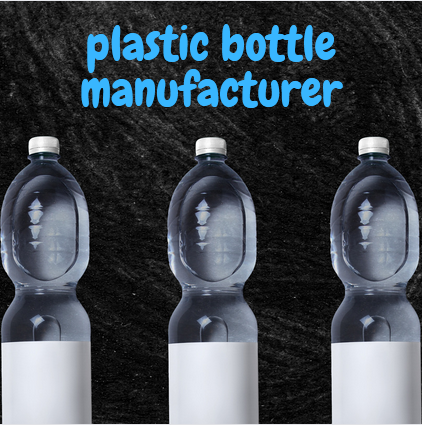When it comes to manufacturing plastic bottles, there are a few things to consider. For one, you want to ensure that the material is suitable for the application. The product also needs to be durable and resistant to chemical exposure. In addition, you should look for a manufacturer that offers a range of different products. This way, you can be sure that you will find a plastic bottle that will meet your needs.
Preforms
Preforms for plastic bottle manufacturer are a critical part of the production process. They are a form of intermediate product that allows for the packaging of a variety of products. These products include beverages, detergents, oils, and other liquids. They are manufactured with a variety of technologies.
The manufacturing process of preforms can vary depending on the type of container that is being packaged. It is important to select the right technology for the job. The injection unit must be designed for optimal performance. It should have a servo drive that ensures minimum loss of plasticization capacity. It should also be able to produce different extrusion sizes. It must have a fluid closing profile that offers good cleaning. It should also offer an adequate neck cooling system.
Stretch Blow Molding
Stretch blow molding is a plastic production process used to produce bottles. It is a two-stage process with a high volume capability. Stretch blow molding for plastic bottles typically uses polyethylene terephthalate. This type of material has excellent barrier properties, which means it will not contaminate beverages. It also offers good durability and strength. The finished product can be used in a wide variety of applications.
During the initial stretch blow molding process, a piece of thermoplastic material is placed in a closed chamber of a divided mold. A metal ram is then pushed to move the material. It then goes through a series of stages that include heat and air. This process results in a tube-like piece of plastic called a parison.
Injection Molding
Injection molding is used to manufacture a variety of different parts, such as medical devices, sports equipment, household items, and tools. It is an economical process that allows for mass production. However, it can also lead to many problems, including warpage and surface defects.
First, a mould is created. This can be made using standard machining or CNC machining. The latter is more precise, and results in more accurate mould details. Next, the material to be molded must be selected. This depends on several factors, including the strength and function of the part.
Polypropylene, HDPE, LDPE, nylon, and polyethylene are common materials. Some elastomers, such as acrylic, can also be used. When the material has cooled, it is removed from the mold. After the process is complete, the mold can be closed.
Multi-Use
A new type of plastic is being developed at the Lawrence Berkeley National Laboratory. Its benefits include low energy consumption and carbon dioxide equivalency. These qualities are important for the potential impact of global warming.
The recycling process for PET bottles can help cut down on environmental pollution. Unlike glass bottles, plastic bottles do not shatter into sharp pieces. They are also reusable. PET, or polyethylene terephthalate, is a lightweight plastic that is primarily derived from petroleum hydrocarbons. It is used for a wide range of products, including food and beverage containers.
There are several techniques for manufacturing PET bottles. One technique involves a co-extrusion process that helps extend the barrier qualities of the bottle. Another technique involves injection molding. In this method, the plastic pellets are injected into a multi-cavity mould. The shearing action of the feed screw melts the pellets into the mould.
Chemical Resistance
If you have to work with chemicals, you will need to choose wholesale plastic bottles that are chemical resistant. You should also know the types of chemicals that are most likely to damage your plastic parts. Many different factors contribute to the resistance of a polymer to chemicals. These include the molecular structure, the concentration of the chemical reagent, the mechanical load and the temperature.
Certain chemicals are known to cause significant damage to the resins and the polymer chain. The damage can range from cracking, deformation or loss of strength. The duration of exposure can also affect the ability of the plastic to resist chemical attack.
To determine the resistance of a product to a specific chemical, you should use the chemical compatibility table. The table combines information from raw material manufacturers, laboratory tests and raw materials to produce a rating.

